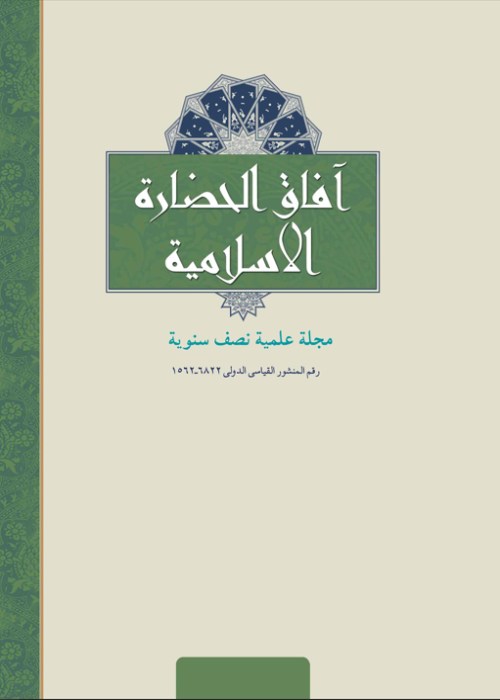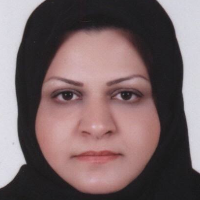Endowments of Mashhad women during the Pahlavi era
Women, as an important part of society, have always been active in various aspects of social, economic, political, and cultural life. The field of endowment as one of the scenes of women's presence has received less attention compared to other scenes. In Mashhad and in the Pahlavi era, much like the previous periods, endowments, otherwise known as Waqf, continued to live on and women have left endowments for the next generations. Among different ethnic groups and nations, there is an allocation of a part of personal property for charitable purposes, but in Islamic culture, due to its divine and religious nature, the phenomenon of the endowment has a special place. In Iran, during different periods from the pre-Islamic period until now, this great deed has kept on existing and continued to live in different dynasties of post-Islamic Iran. Endowments of charitable women have been observed and carried out in various fields. In general, after the Safavid period and then during the Qajar period, endowment and its organization increased and women were actively present in the field of endowment. As proof of existence, about one-sixth of the endowment documents in the Isfahan Endowment Office belong to charitable women. Muslim women, like their husbands, have left endowments based on their personal beliefs and economic independence. Inheritance and dowry, as well as employment and construction, are among the financial resources of women. The income and financial resources of upper-class women were different from those of middle and lower-class women. The women of the middle class, who were mostly workers and professionals, have dedicated as much as possible to a residential house for a mosque, a husseiniyya, food, mourning for the innocent, celebrations of religious holidays, and the like. Endowments belonging to lower-class women, due to the lack of favorable economic conditions, were dedicated to holding mourning and ceremonies for Imam Hussein (AS), endowing several books and scientific causes and similar cases. Of course, it is also possible for a person with high economic potential to dedicate a small number of their assets. In different historical periods, women have left endowments and this category is not limited to a specific period. For example, in ancient Iran, women's endowments were similar to men's endowments. That is, women, like men, enjoyed endowment duties. The man or woman was obliged to deposit assets rival according to the agreed times and the general conditions mentioned in the endowment letter. Endowment property should not be sold at all, especially when the endowment has been established for cost and use per the order. Misuse of the endowment property obliges the person in charge to correct any defects. In the historical sources of the Seljuk period, there are frequent references to the establishment of schools, mosques, Rabats, and holy shrines by the Seljuk rulers and later emirates, their officials, and others such as women in the ruling class. In Kerman, during the Seljuk period and their successors, the tradition of creating charitable endowments was especially strong among the women of the governing body. However, many endowments of this time belonged to women and have been registered in their names, and like the Safavid era, a large number of small and local endowments, especially in Tehran, were in the name of women, and even the remaining documents of these endowments. The series of political and social developments affected by the change of Qajar monarchy and Reza Shah's rise to power, which changed all social, cultural, and political affairs, was influenced by the general atmosphere of the world, regional developments and domestic political developments, including various sections of society. The impact of government policies on the impact of endowments on the one hand and the intellectual developments of endowment activists, including endowed women on the other, as well as a fundamental change in the structure of endowment affairs and breaking the monopoly of endowments and endowments of wealthy families followed the period. The results of these developments, both in the practice of endowment and in the field of activities of endowment and mullahs in the social developments of the first Pahlavi period, found different objective manifestations. One of the most important areas for women to play a role in traditional Iranian society is the area of endowment. As a social and civic institution with a long history, women from the upper classes of society, in various sectors in accordance with the needs of the time, donated part of their property and assets, and thus actively participated in society. It also showed the financial independence of women. Considering these historical records, in the Pahlavi period, women from other endowments had the opportunity to participate and work in the field of endowment, and the action and activity of these women is the main focus of this research. The main issue of this article focuses on the fact that due to the variety of motivation in endowment among women in Mashhad which was mostly about religious motives, the developments of this era, and the traces of social, cultural, and political understanding of these women influenced by the needs of society and events are observed and followed in the endowment of their property and assets. This study is conducted by answering the main question, which is basically the diversity of motives, approach, and scope of the endowment of property and assets of Mashhad women during this period, based on using the endowment documents of Mashhad women, available in the Endowment Office and Khorasan Razavi Charity Affairs, by using the descriptive-analytical method, while identifying the uses of women's endowments in order to study and analyze them. The result of this study confirms that in addition to the continuation of the tradition of endowment with religious uses, due to the dominance of customary policies of Reza Shah's time, women's endowments have decreased, since during the years 1311 to 1323 not a single case of the female endowment is observed.
- حق عضویت دریافتی صرف حمایت از نشریات عضو و نگهداری، تکمیل و توسعه مگیران میشود.
- پرداخت حق اشتراک و دانلود مقالات اجازه بازنشر آن در سایر رسانههای چاپی و دیجیتال را به کاربر نمیدهد.



